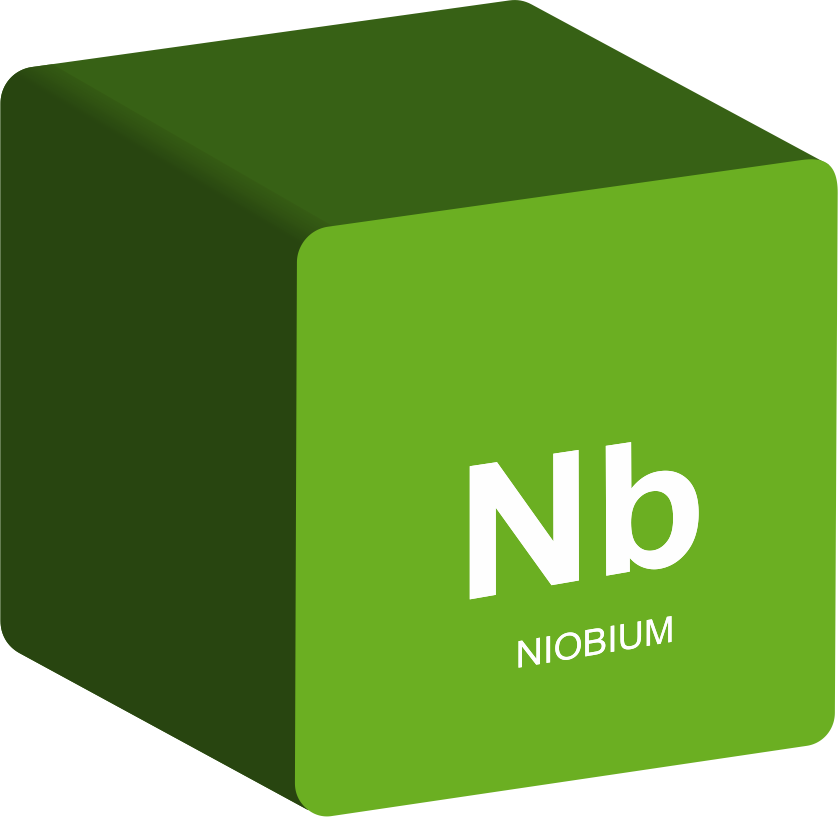Vanadium Comeback on Hold as Market Braces for the Coronavirus
A rebound in the vanadium space is now on hold as market watchers wait to see how the outbreak of the coronavirus outbreak that causes COVID-19 may impact the space.
At the end of last year, experts expected the vanadium market to remain balanced, setting their sights on developments in China in terms of higher demand or lower supply.
But the start of the year is changing the outlook for most metals, including vanadium, as the COVID-19 crisis, which started in Wuhan, Hubei, in China, has everyone in a wait-and-see mode.
Most vanadium output is used in the Asian country for steel applications, particularly the high-strength, low-alloy steel used to make construction rebar.
Last year, rebar production in China increased by 19.1 percent, according to research firm Roskill. Demand from the rebar segment is forecast to increase moderately in 2020 and 2021, in line with the country’s crude steel production.
But there probably isn’t much supply upside in 2020, Roskill Director Jack Bedder told the Investing News Network (INN).
“China’s large steel producers are producing close to full capacity in terms of vanadium slag capacity, so there isn’t much upside via the co-production route.”
Co-producers are low-cost vanadium producers, which account for about 50 percent of vanadium output.
“All in all, with the outlook for demand solid and with co-production constrained, we expected a balanced market in 2020,” Bedder said. “But the situation could be significantly impacted by COVID-19.”
The World Health Organization, which declared the outbreak a pandemic on Wednesday (March 11), has said that more than 125,000 people around the world have been infected, with the death toll standing at more than 4,600. Recovered cases are above 67,000.
“This is hard to predict,” Bedder said. “Vanadium is mostly produced and consumed in China, and thus China’s recovery from the epidemic will be a key factor.”
According to Roskill, data suggests a significant drop in construction and rebar production so far this year, with rebar inventories at record highs in February.
Similarly, CRU Group Senior Consultant Willis Thomas told INN that what happens with vanadium prices in 2020 will depend on the impact of COVID-19.
“Pre-COVID-19, we expected vanadium prices to more likely rise to the end of the year than fall, but the virus rules all at this point,” he said.
For the expert, if the coronavirus crisis had happened five years ago, there might have been more price action in the initial stages of the outbreak.
“Why? Because at that time China was a major net exporter,” he said. “However, recent demand moves in China have moved the market to a slim net exporter in 2019 overall.” That resulted in a more muted loss than in other commodities.
Investors are also paying close attention to the potential that vanadium holds via its energy storage capabilities in vanadium redox flow batteries (VRFBs) and the effect the coronavirus could have in that sector. A recent report by Lux Research states that the energy storage market could grow to US$546 billion in annual revenue by 2035.
“VRFB battery projects could be impacted by the virus; there is limited clarity here though even in the best of times,” CRU’s Thomas said.
Outside of China, he added that ferrovanadium prices have not had much impact from the virus fears — yet.
“Volume of spot business has been a little light over the last couple weeks, and prices have been a bit softer,” he said. “Some buyers seem to be waiting to see how the demand picture, excluding China, for steel looks before buying more input inventory.”
For Thomas, there’s no doubt that the most significant development in the vanadium space in the first quarter of the year, aside from the coronavirus developments, has been the return of prices to above the short-run cost floor.
“This should not be confused with price gains based off of demand growth,” he said, adding that this quarter’s price positivity is more about the cost floor than it is demand growth or supply constraints.
“Prices are, give or take, still near the lowest levels that leave producers largely in the black — maybe a little above the level now.”
But price volatility remains a main aspect of the vanadium market, which is still the biggest challenge for junior mining companies operating in the space.
“Looking at a historical price chart will give any financier or investor pause in putting money behind a vanadium project,” Thomas said.
www.ferroalloynet.com

